Cost to buy a house in Arizona
Pondering a move to the Grand Canyon State? If so, you’re far from alone. Per data from the U.S. Census Bureau, Arizona ranked fourth in the country for net migration in 2022. In fact, migration into the state has jumped 20 percent in the past decade.
As you can imagine, this popularity makes for a rather competitive housing market in the state. While living here can reward you with ample sunshine and low humidity, the forecast may not be as clear when it comes to affordability. Read on to learn more about Arizona housing prices, and the various costs associated with buying a house in this Southwest hotspot.
How much does it cost to buy a house?
According to Arizona Realtors’ December 2023 market report, the median sale price of a single-family home in the state was $352,536 as of the end of the year. That’s an 8.7 percent increase from last year’s median, though the volume of listings and sales both dropped: 12.5 percent and 10.7 percent, respectively.
It’s a big state, though, and housing costs vary significantly based on your specific location. Median prices in small desert towns will be much lower than in the bigger cities and Arizona’s best places to live. For example, the median price in Phoenix in December was nearly $100K higher than the statewide median at $444,785, according to Redfin data, and in Flagstaff it was an even higher $680,000.
It’s essential to focus not just on how prices vary across the state, but on how these variations translate into monthly mortgage payments. As Bankrate’s mortgage calculator illustrates, for a median-priced $352,536 Arizona home, a 30-year fixed-rate loan at 7 percent interest, with 20 percent down, results in principal and interest payments of $1,876. Using the same metrics applied to a median-priced $680,000 Flagstaff home, that figure jumps way up to $3,619.
Down payment
Opting for a substantial initial down payment can reduce your ongoing monthly expenses. Traditionally, a 20 percent down payment was considered standard for homebuyers. That can amount to a significant sum: On a median-priced $352,536 Arizona home, 20 percent comes to more than $70,000.
However, contrary to common perception, it’s not necessarily mandatory to put down a full 20 percentof the purchase price. Some conventional loans require just 3 percent down, if you qualify, which comes to a much less daunting $10,576. FHA loans can require just 3.5 percent or 10 percent down, depending on your credit score, and qualified VA and USDA borrowers may need no down payment at all. However, 20 percent does allow you to sidestep an additional monthly fee for private mortgage insurance, and the more you are able to pay upfront, the less you’ll have to borrow.
If accumulating enough funds for a down payment seems challenging, assistance is available. Arizona provides first-time homebuyer programs for eligible borrowers, and there are options out there even if you’re not a first-timer. And Bankrate’s affordability calculator can help you crunch the numbers to determine how much house you can comfortably afford.
Closing costs, moving costs
Data from Core Logic’s ClosingCorp shows that, among all 50 states and Washington, D.C., the Grand Canyon State sits in the middle of the pack, with Arizona closing costs averaging around 1.2 percent of a home’s sale price. On a median-priced $352,536 home, that comes to $4,230.
But the buyer doesn’t bear the entire burden of this amount. Both buyers and sellers pay their portion of closing costs. Typical closing costs for buyers include loan-related fees and the costs of the home appraisal and home inspection. It’s important to have some cash reserves in your bank account for routine maintenance and potential emergencies, too — lenders like to see that you have enough left over after the purchase to handle the unexpected.
Categories
Recent Posts
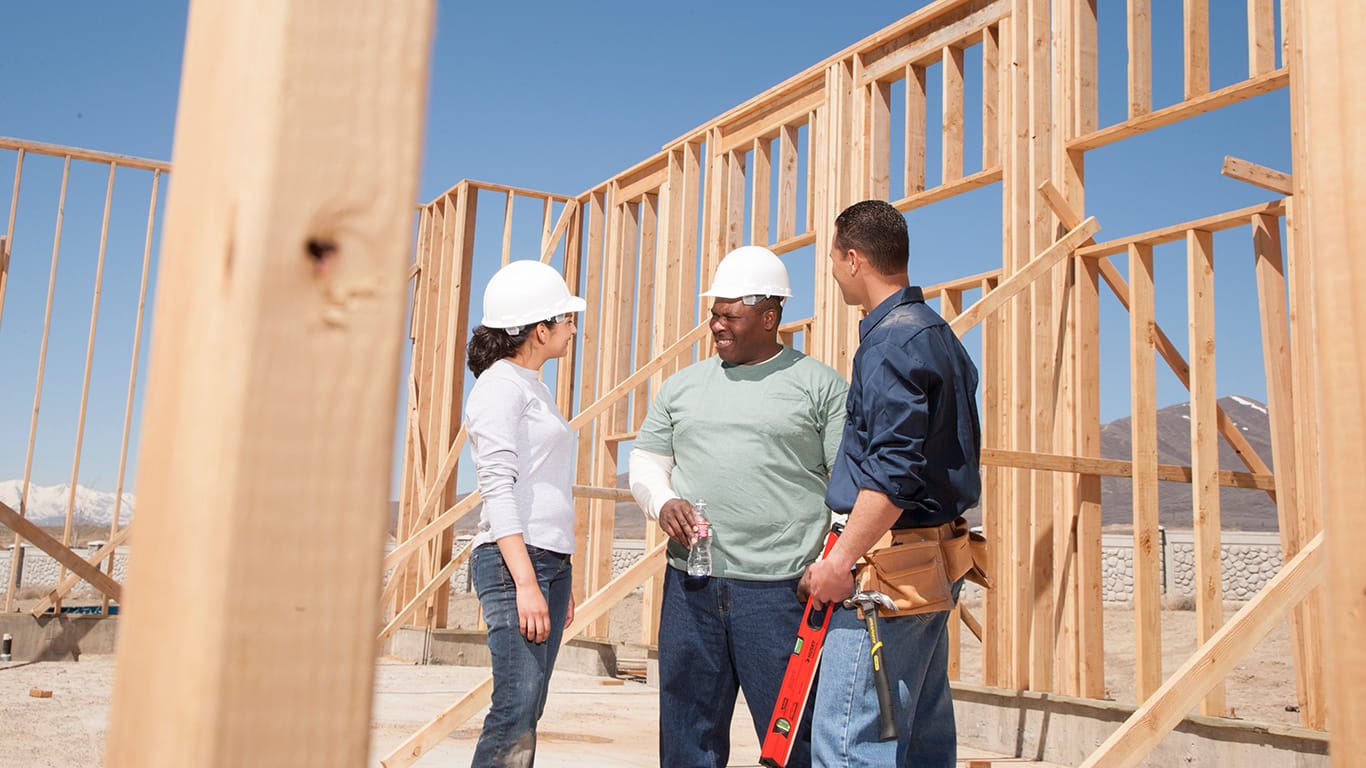
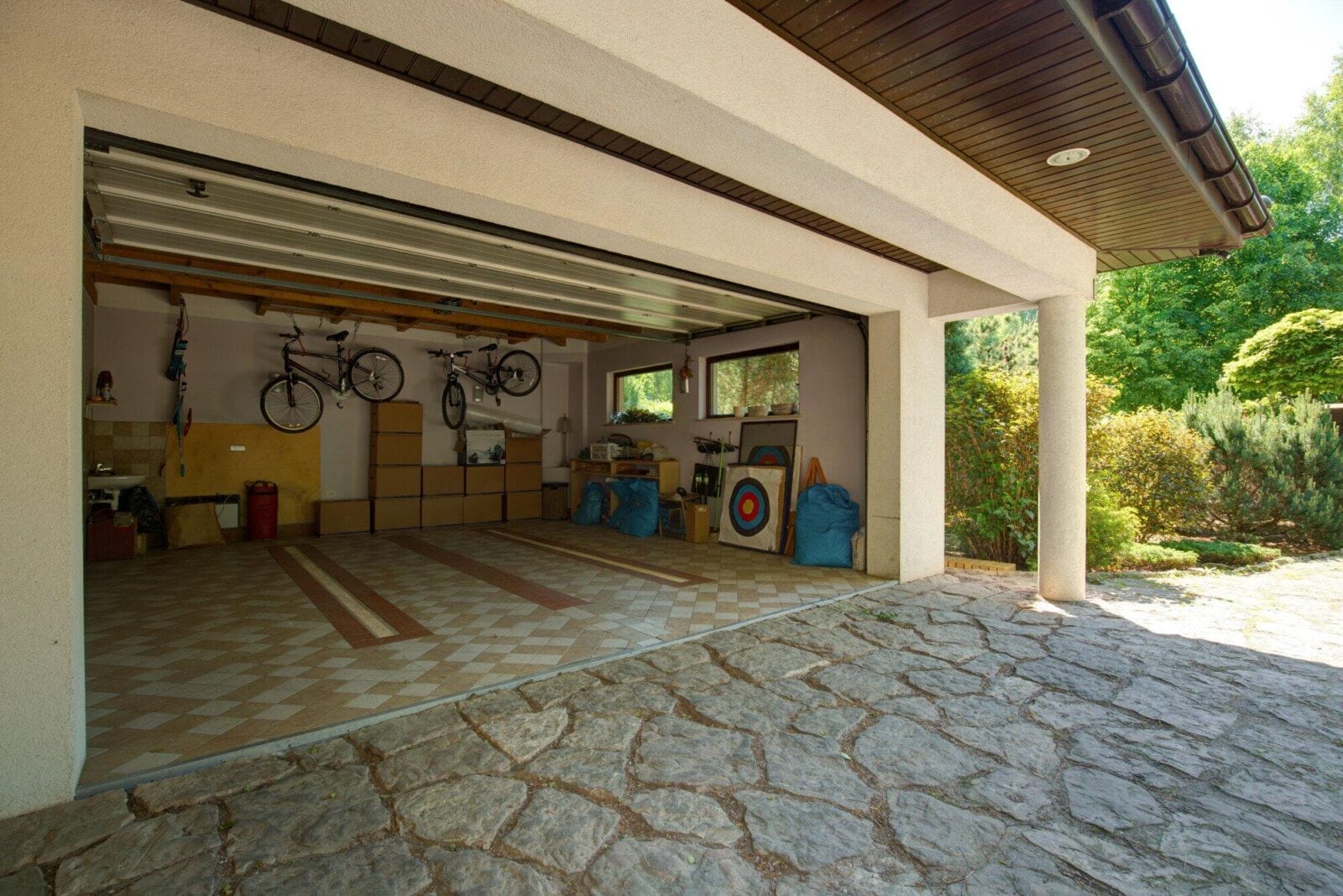

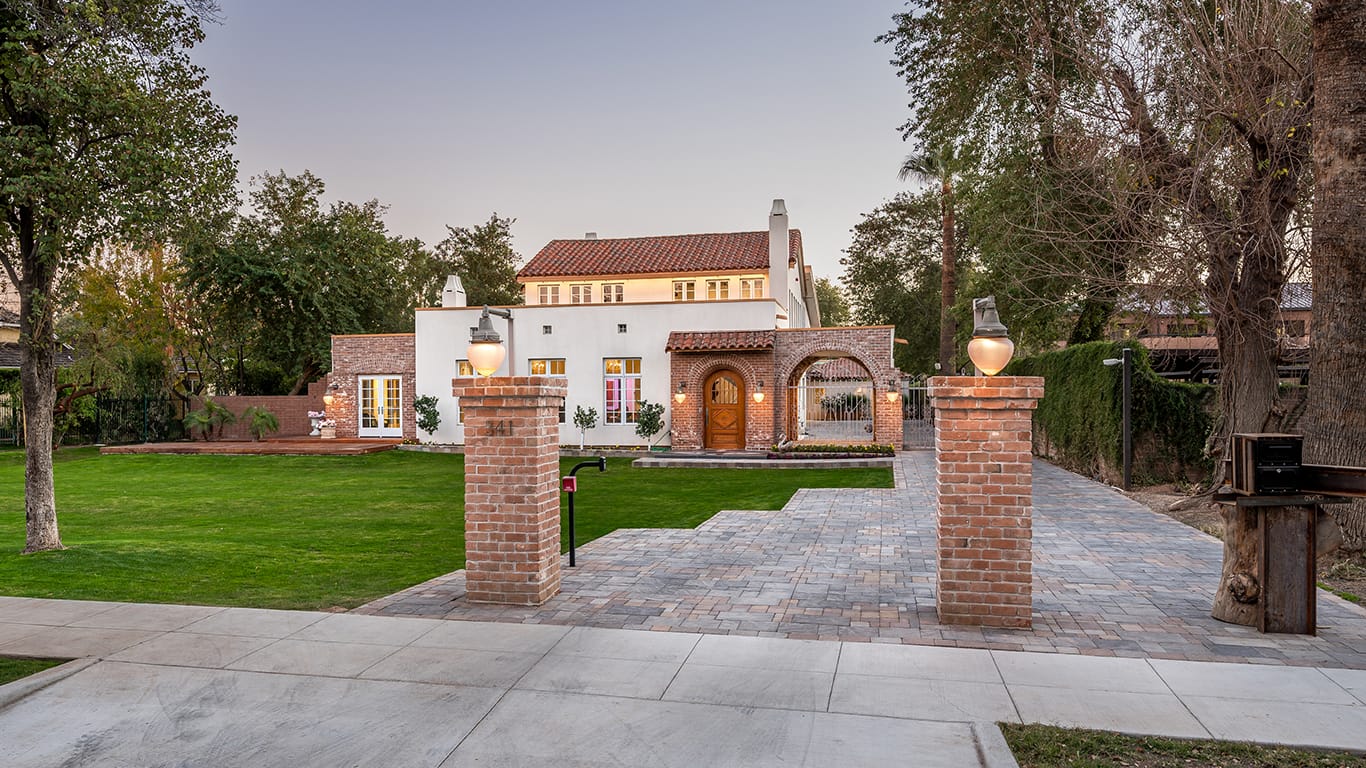
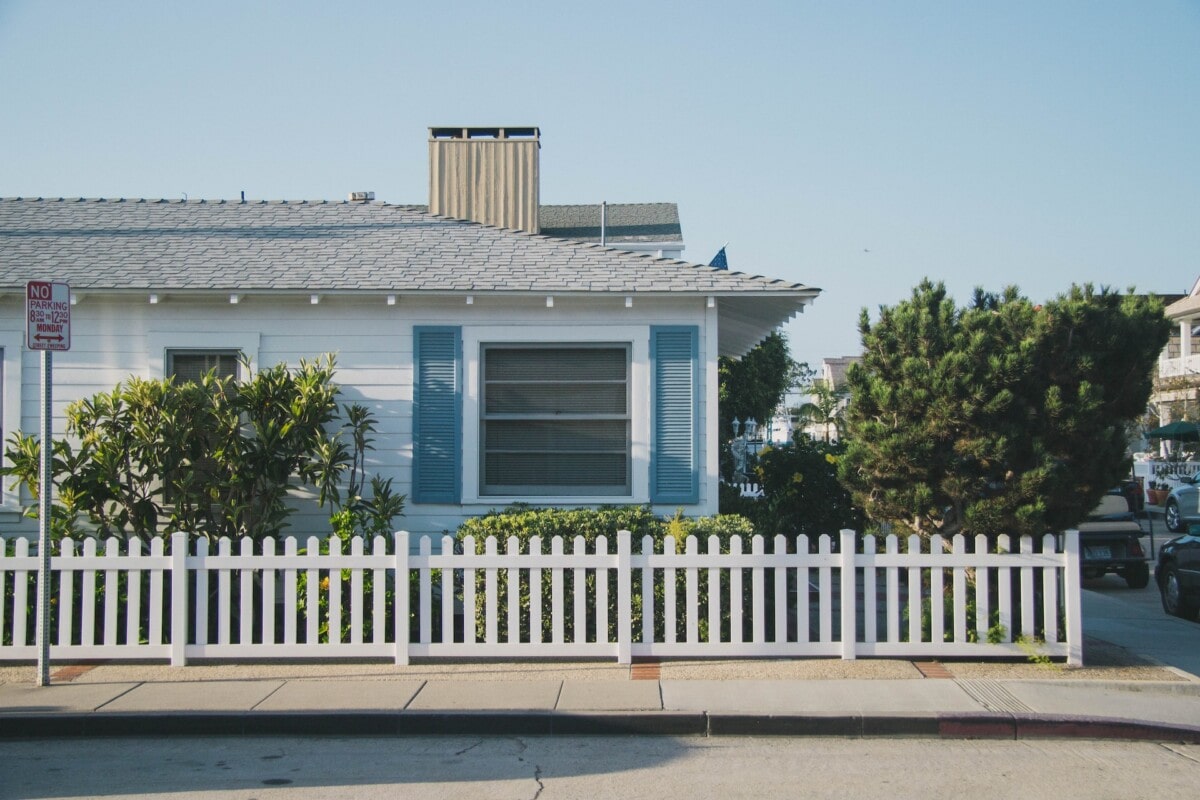

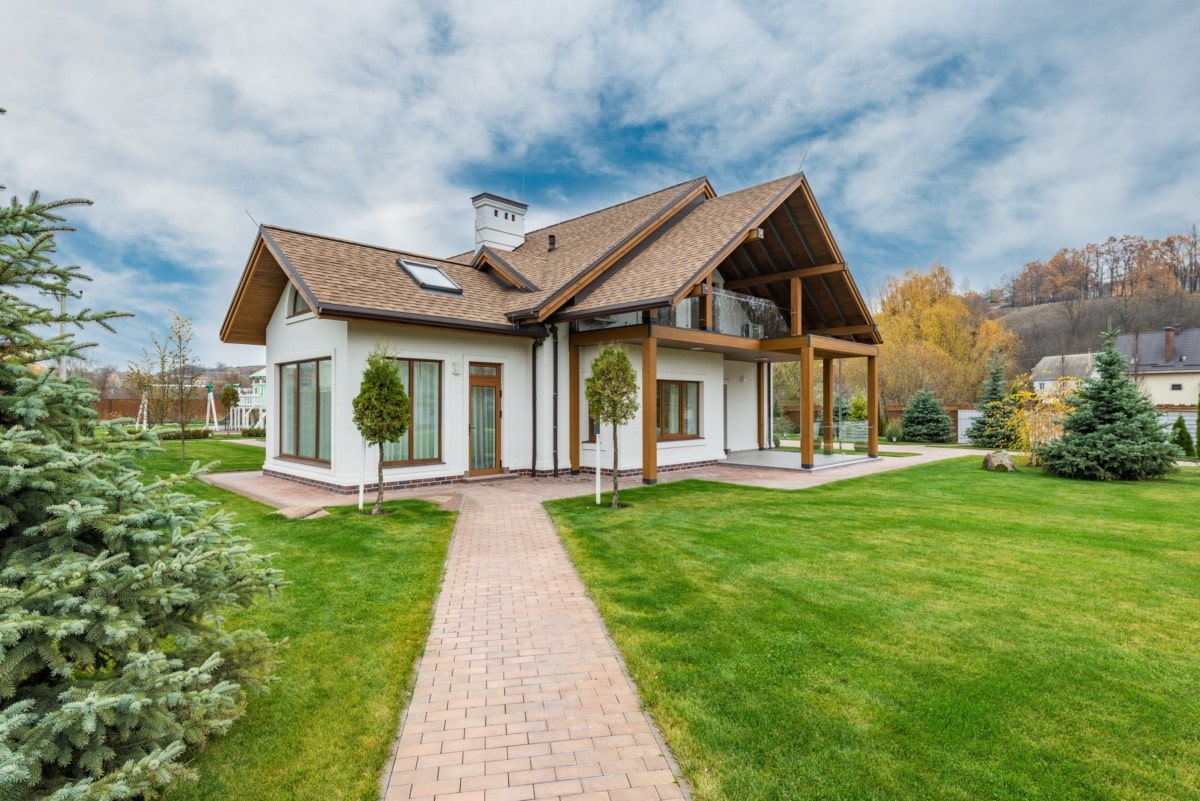
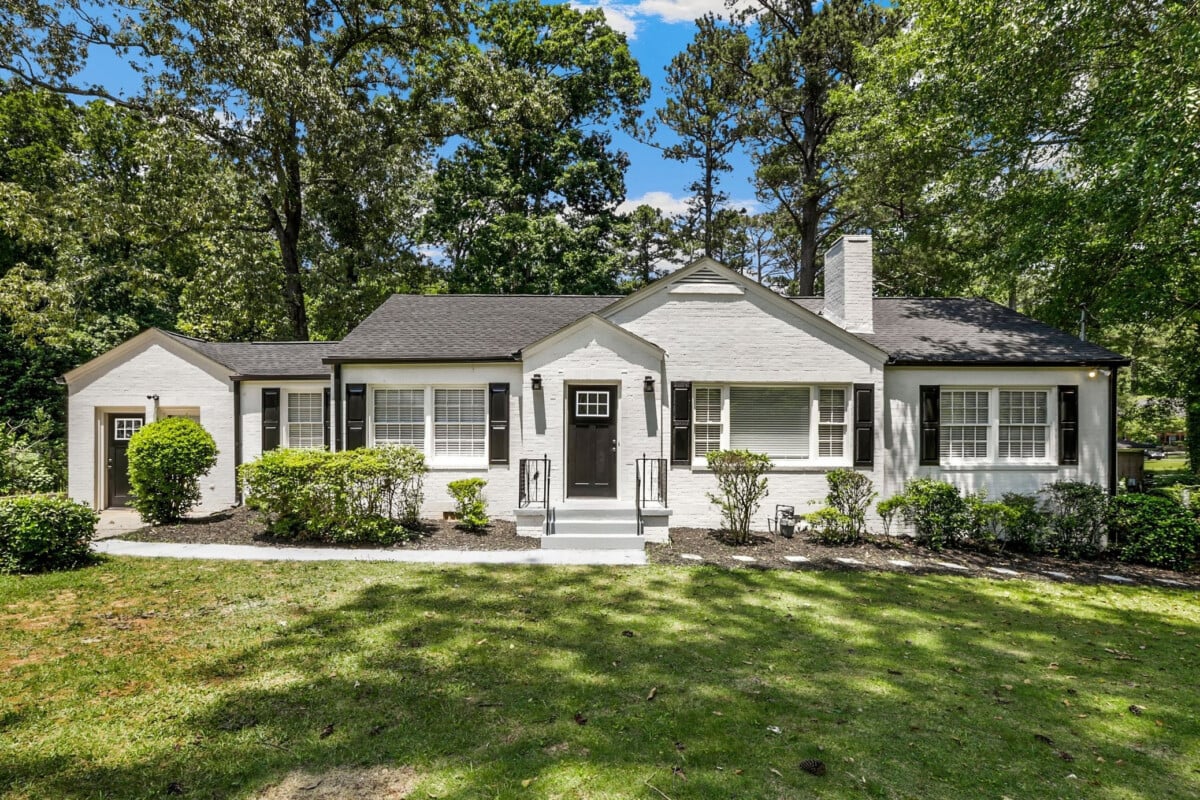

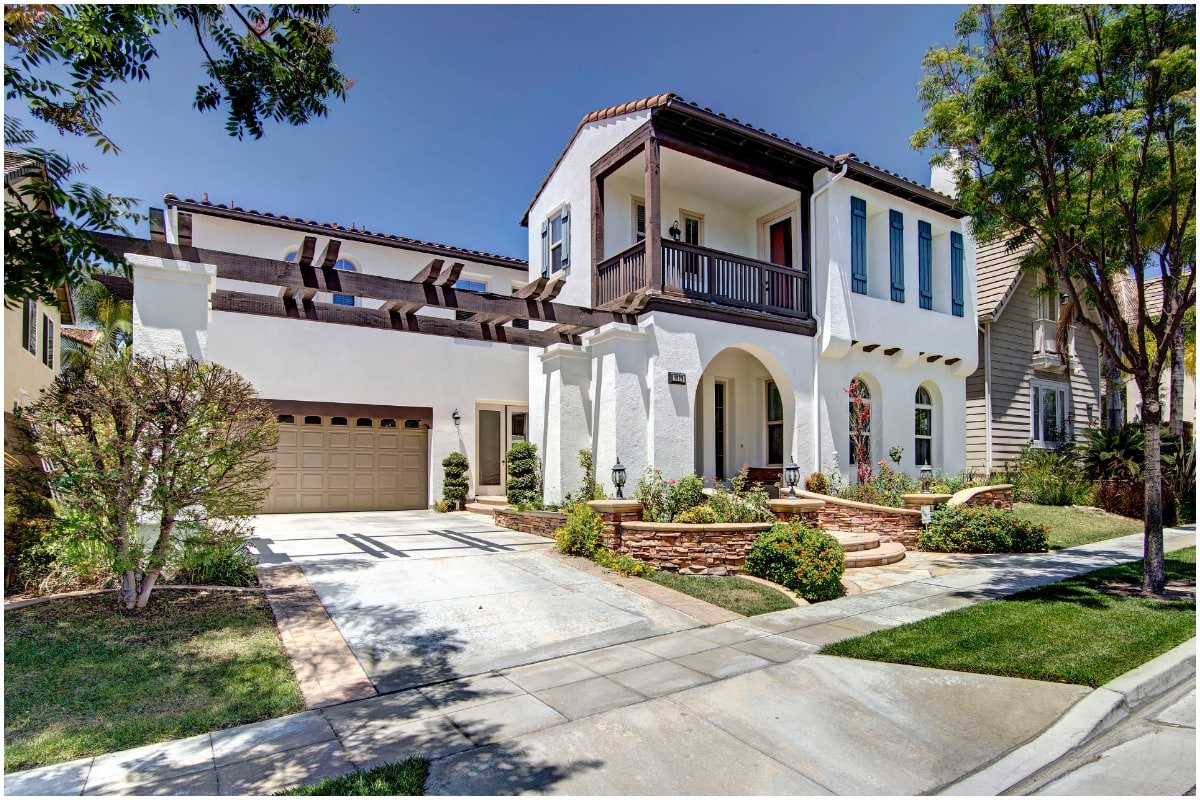
GET MORE INFORMATION
